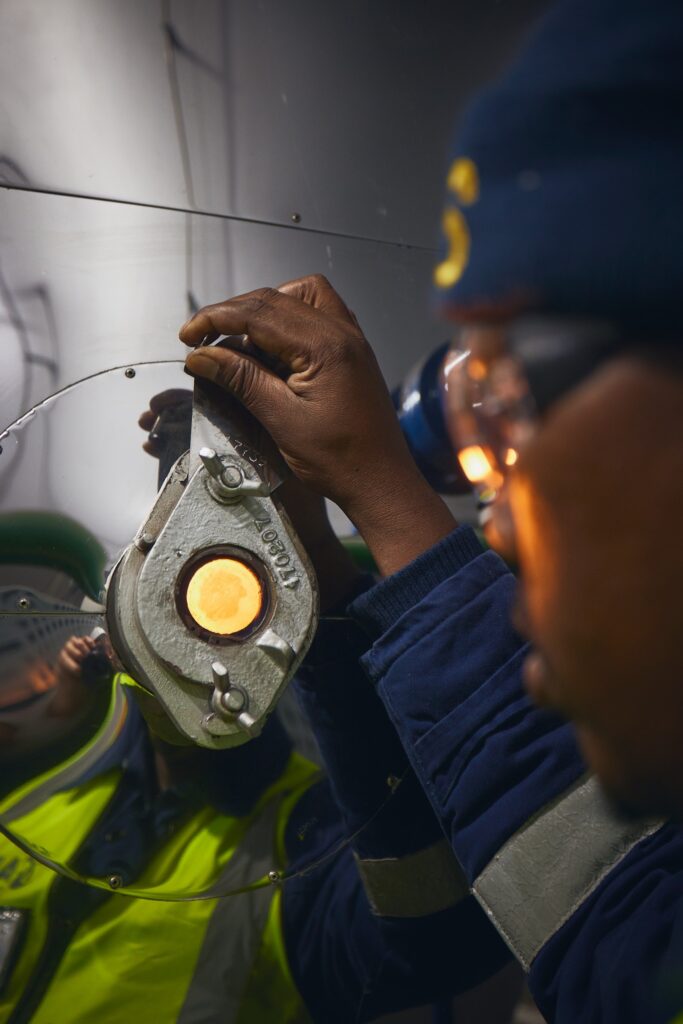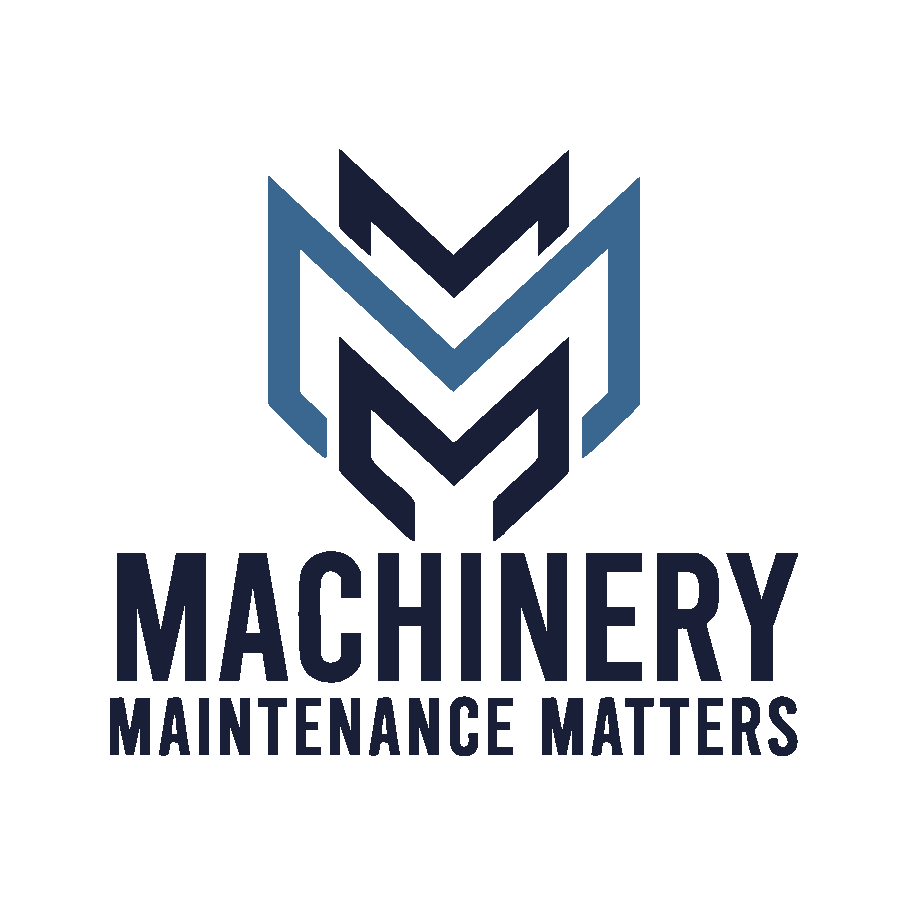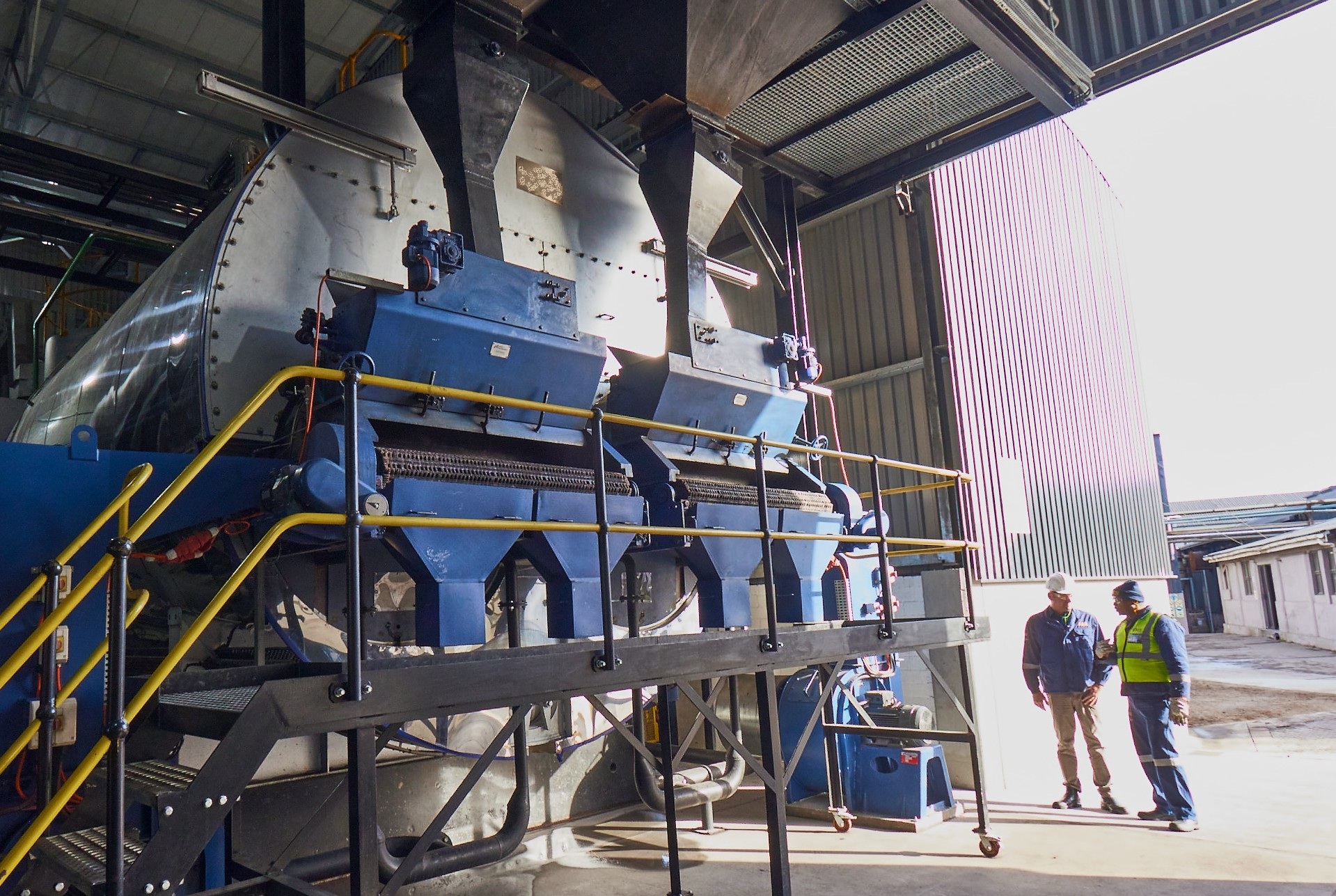Partnering with Associated Energy Services (AES) can help process industries optimise their energy plants.
Although fuel cost has a significant impact on steam generation, it is just a part of the overall value chain – a single piece in a broader puzzle. Keeping all in synch requires expert oversight, says Gavin Evezard, Projects Director at steam and boiler operations and maintenance service provider, Associated Energy Services (AES).
“It is an ongoing task to make sure that the level of awareness, interrogation, insight, foresight and focus is maintained. Combustion is an exothermic chemical reaction, thus the ingredients for this reaction, namely air and fuel, need to be combined in such a way that the process is optimized and provides the desired output,” he explains.
Core competency versus peripheral process
The key question is whether a company running its own steam plant will achieve the same outcomes which an expert such as AES is able to.
“Ultimately, it comes down to whether you have the resources, time, knowledge and experience. All can be put in place, but it comes at a cost. In real terms, this is typically not viable. When the main goal is manufacturing a product to earn income, the production process is the priority. Peripheral processes will unfortunately always lag behind,” notes AES Commercial Director, Dennis Williams.
No single client operates a greater number of boilers than AES. Even those operating across multiple sites cannot always share information and technical understanding. AES operates all sites according to a single standard and learnings are shared.
For both Evezard and Williams, it is about knowing what the critical components to be leveraged are. From a cost perspective, the most important are people and fuel. This enables AES to guarantee cost-effective pricing: “The sale of steam to client is always the best approach. We factor all our operational commitments into the pricing and provide guarantees. If we do not achieve our targets, we fund the cost.”

Combustion checks
A process of elimination
Williams advises that many potential problems only become evident when AES arrives on site:
“For example, if a client has a heavy fuel oil storage tank, sludge develops at the bottom of that tank over time. If this is not cleaned out, it gets to the offtake point for the pumps – and starts blocking filters, either at the tank or the burner itself.
“We generally find that critical aspects are not necessarily addressed because the operation of the plant is not up to scratch. For example, under-grate dampers on the stoker are not working, draft across the boiler is not ideally set up and there are issues with the emission abatement plant. In this scenario, things are either not working properly or are worn out.”
One of the most serious problems is ingress of air into the boiler system: “One of the main control inputs is air, and how that is controlled to obtain complete combustion. If additional air goes in, energy starts draining out of the system up the stack,” Williams explains.
For some clients – such as the one for which AES has achieved improvements of 21 % on one site and 35 % on another – optimised thermal combustion is immediate. Other areas where improvements could be made need to be identified via a process of elimination. This can include partnering with clients to address complex issues such as optimising water consumption, condensate return usage and boiler water treatment.
Often, it is only once a boiler is taken off-line that important underlying technical and operational issues – representing potential areas for optimisation – are uncovered.
People and safety factors
Evezard adds that collecting and interpreting data is critical to optimising efficiency and productivity: “If we do not measure it, we cannot manage it. If we do not analyse it, we cannot act on it. Through understanding what we are seeing in the data, we can make improvements and troubleshoot issues effectively.”
Although remote monitoring – particularly with the more automated liquid and gas fuel systems – is useful, the use of artificial intelligence (AI) and related digital technologies to optimise thermal combustion may still be some way off.
“This is very much the case when it comes to the more traditional fuels such as coal – where human intervention is needed to make the operational changes to allow for constant changes in specifications,” Evezard says.
Closely aligned with this is safety, and on-the-ground protocols and procedures which align with thermal combustion fundamentals. These include regular inspections and good maintenance, the use of skilled operators and the correct design and installation of plants.
“With pressure vessel (boiler) equipment, certain maintenance and statutory requirements are fundamental and non-negotiable. Good maintenance practices are enhanced when one has excess available boiler capacity on a site so plant and equipment can be rotated. The most challenging sites we work at do not have this spare capacity. Every piece of equipment is running, most of the time.
“Notwithstanding the inherent capacity and maintenance challenges, our overall aim is to be a trusted partner in the optimisation of our clients’ energy plants, successfully slotting all the pieces of the thermal combustion puzzle into place,” Williams concludes.







